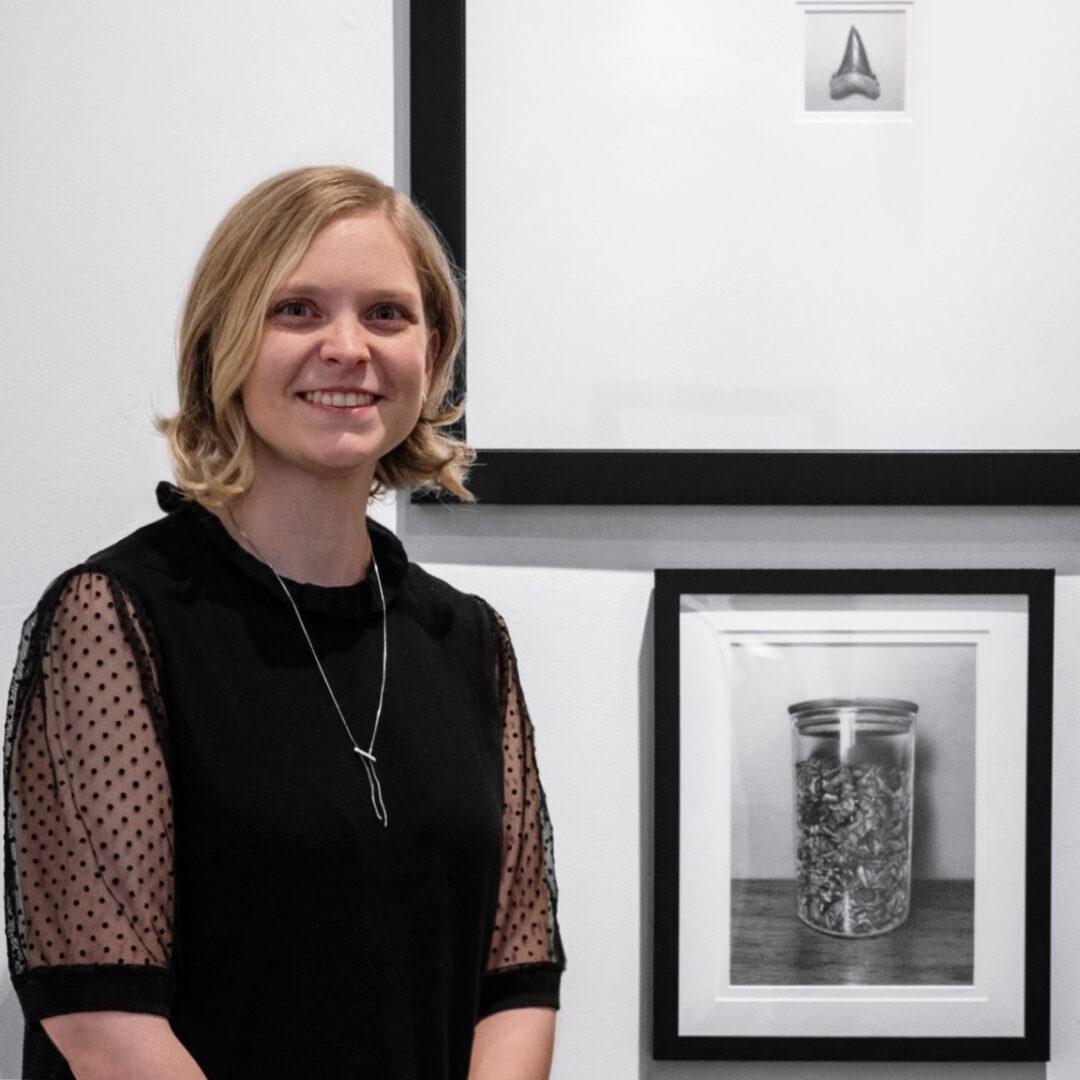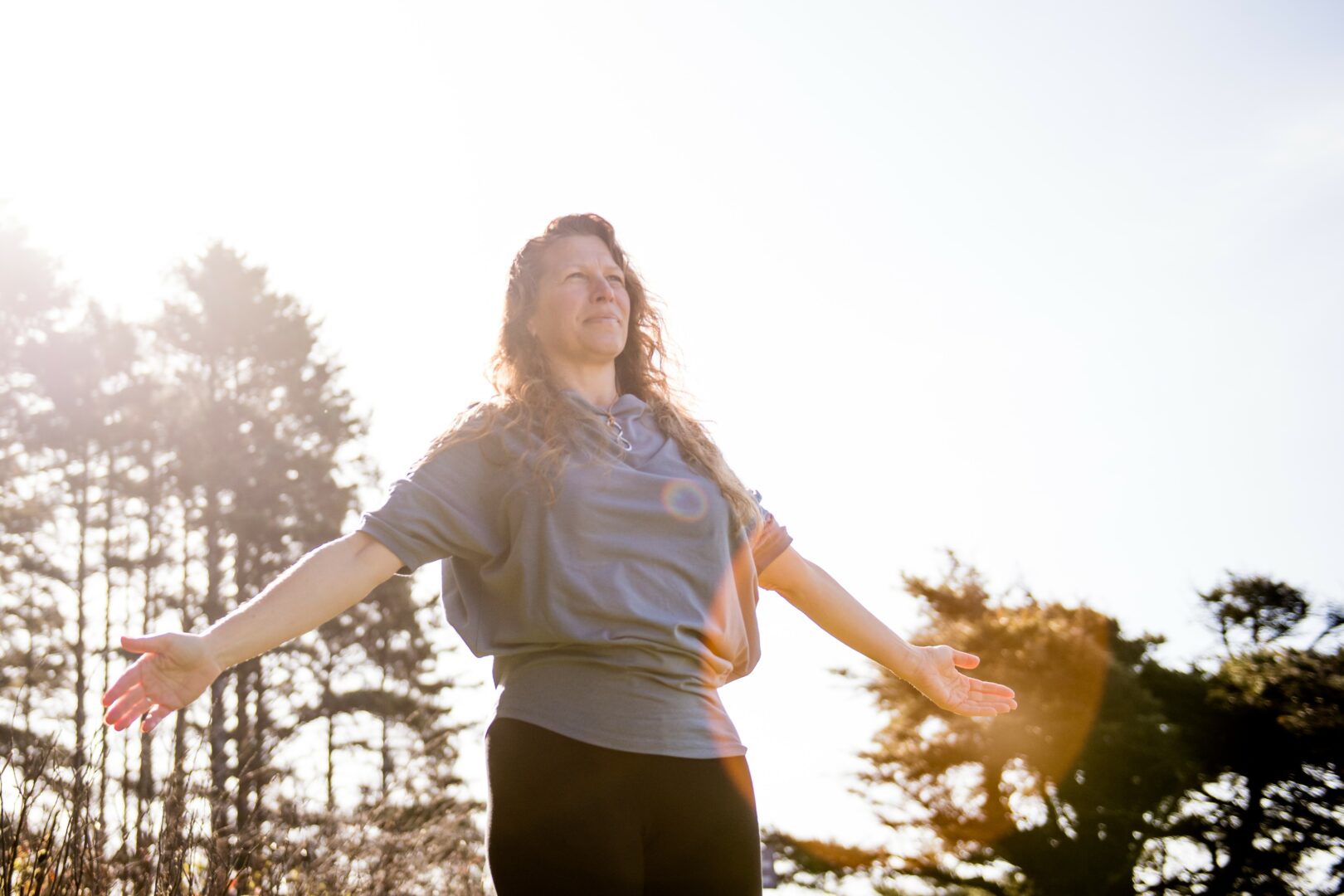We recently connected with Lauren Lesley and have shared our conversation below.
Lauren, first a big thank you for taking the time to share your thoughts and insights with us today. I’m sure many of our readers will benefit from your wisdom, and one of the areas where we think your insight might be most helpful is related to imposter syndrome. Imposter syndrome is holding so many people back from reaching their true and highest potential and so we’d love to hear about your journey and how you overcame imposter syndrome.
I don’t think I’ve fully overcome it, but I’ve worked hard to understand where those feelings come from and how to manage them in a healthier way. I started taking art seriously before I even reached middle school, and around age 11 or 12, I began receiving a lot of encouragement from my family and a private art teacher which fueled my passion further. Around that same time, I began sharing my drawings online through an Instagram account that quickly grew a large following. As a child, I didn’t fully understand how to process attention or criticism in a healthy way. I received many positive comments, but I also experienced hateful ones, and over time I began to rely heavily on external validation to feel confident in my work. Eventually, the positive feedback started to feel hollow, and I started to believe that the people leaving negative comments were simply the only ones willing to tell me the truth. I had a really hard time distinguishing between constructive criticism and comments that were simply meant to hurt.
What helped was stepping away from social media during my mid-teen years and surrounding myself with people who knew me and my artistic goals in depth. I also cannot describe how big of a difference it made to go to college for art. Hearing a variety of thoughtful, structured feedback from instructors and other artists helped me shift my focus away from constant approval and toward being part of a community of artists who were all growing and learning.
Imposter syndrome still shows up sometimes, especially when I’m trying something new, but I’ve learned to recognize it as part of the process rather than a sign that I don’t belong. I don’t think true confidence will come to me all at once, but it does appear to slowly build each time that I stay with the work and look back at how far I have come.
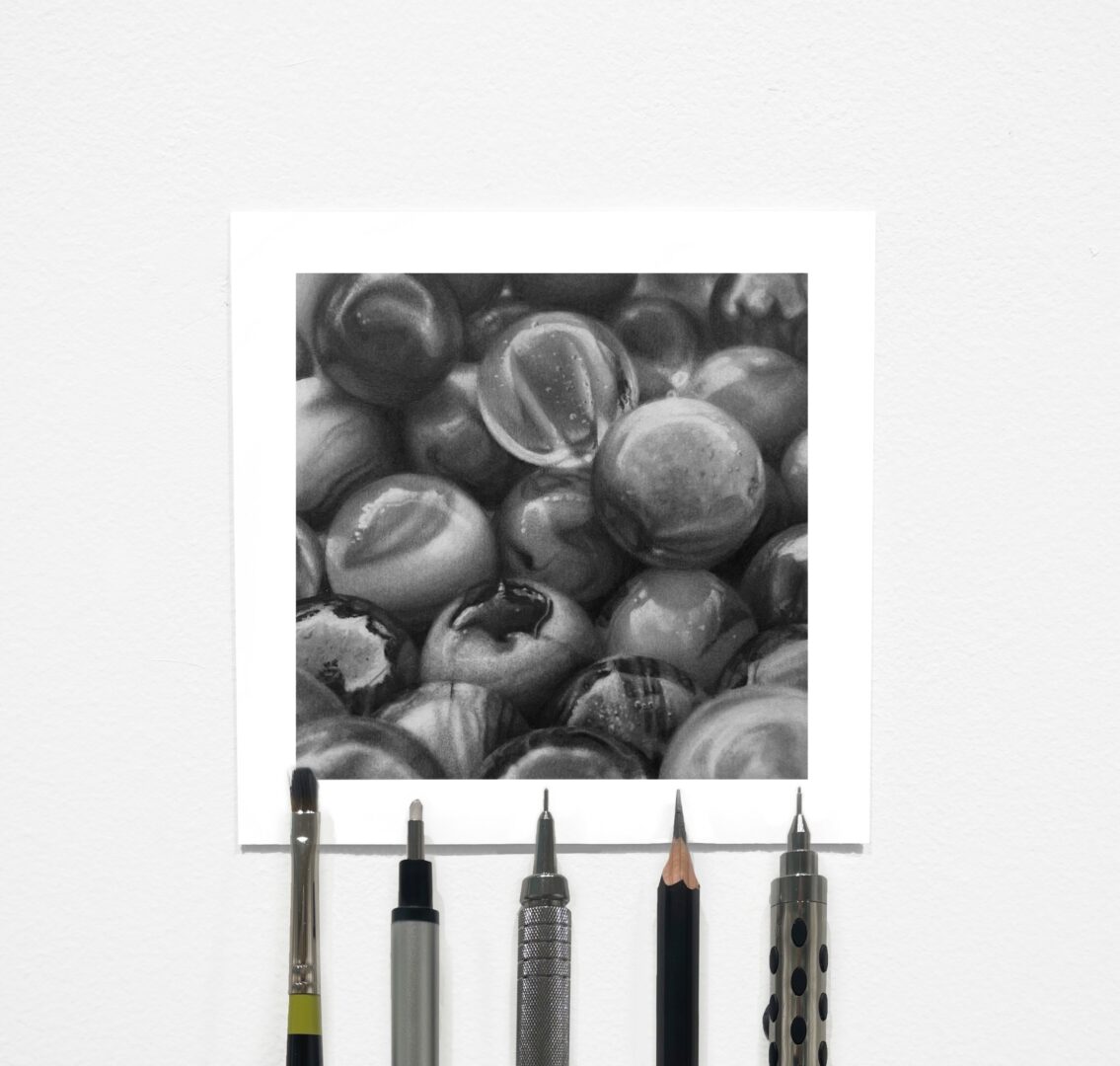
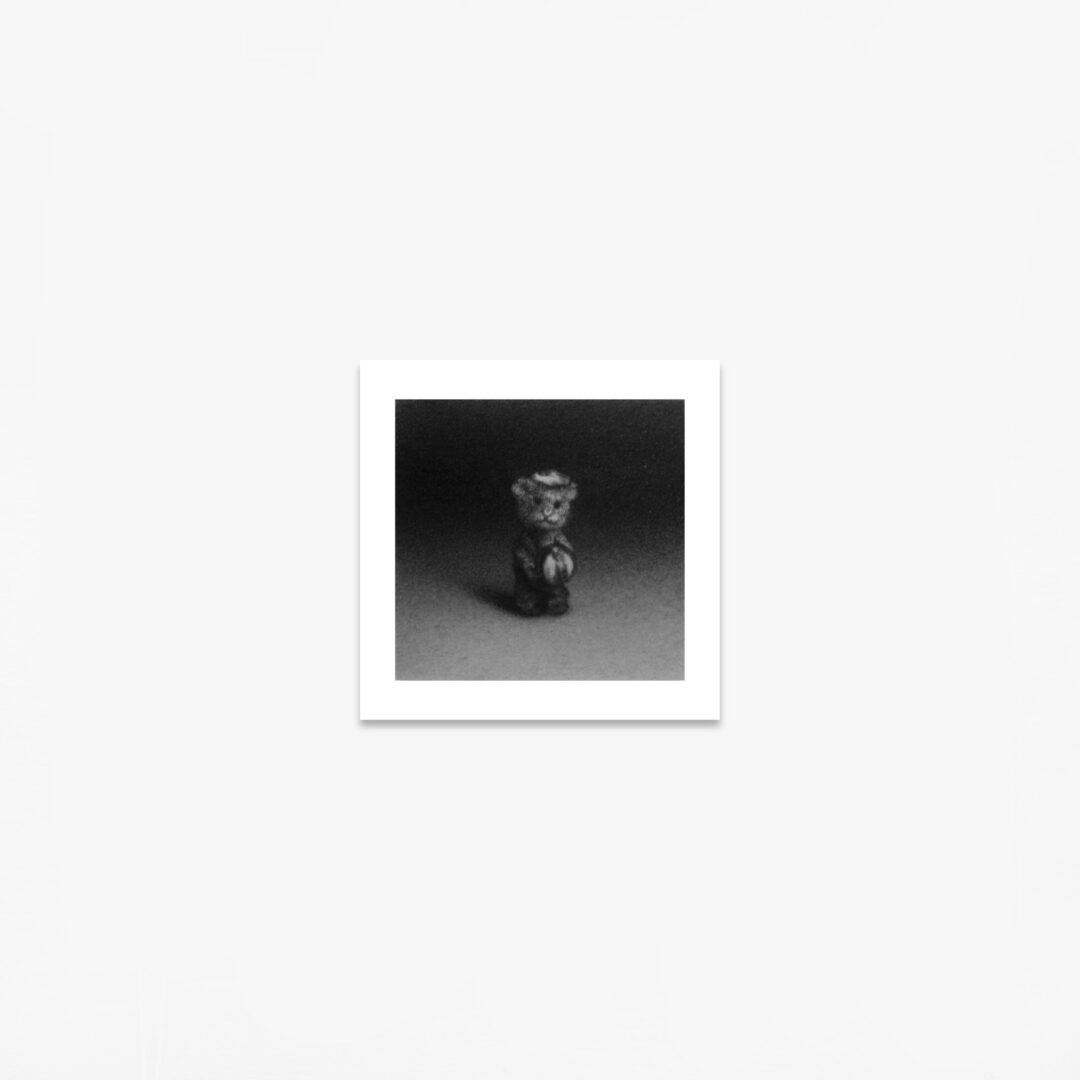
Thanks for sharing that. So, before we get any further into our conversation, can you tell our readers a bit about yourself and what you’re working on?
I’m a visual artist who works primarily in drawing and painting, using realism to explore memory, nostalgia, and connection. Much of my work centers around childhood objects, mental health, and sensory experiences. Drawing gives me a way to examine these themes through careful observation and quiet attention.
A large part of my work is shaped by my experience with obsessive-compulsive disorder, which I’ve lived with since childhood. OCD can be difficult to explain, especially because it’s so often misunderstood or reduced to clichés. Through drawing, I’ve found a way to give form to those invisible experiences, especially the ones tied to repetition, doubt, and the drive for certainty.
One body of work I’ve developed in response to this is The Mice and the Marbles, a series of drawings, paintings, and sculptures which reference a scientific experiment for OCD treatment development where mice exhibiting compulsive behavior repeatedly buried marbles in their enclosures. The most exciting part of my work for me is taking concepts like this and creating a space for dialogue and reflection around unique experiences that many people live with quietly, and often invisibly.
Right now, I’m preparing for my first solo exhibition, which will take place in my hometown of Greenville, South Carolina. The exhibition will bring together several bodies of work I’ve developed over the past few years, including Time Capsules and Sensory Imprints.
Time Capsules focuses on childhood objects, like worn toys, keepsakes, and small personal treasures, drawn with care to preserve their emotional resonance. Sensory Imprints, drawn entirely from memory, explores the way feelings can linger through texture, touch, and atmosphere, even when the details of a memory begin to fade.
This exhibition feels deeply personal, but I also hope it creates room for others to see pieces of their own story reflected in the work, especially the parts we don’t always have the words for.

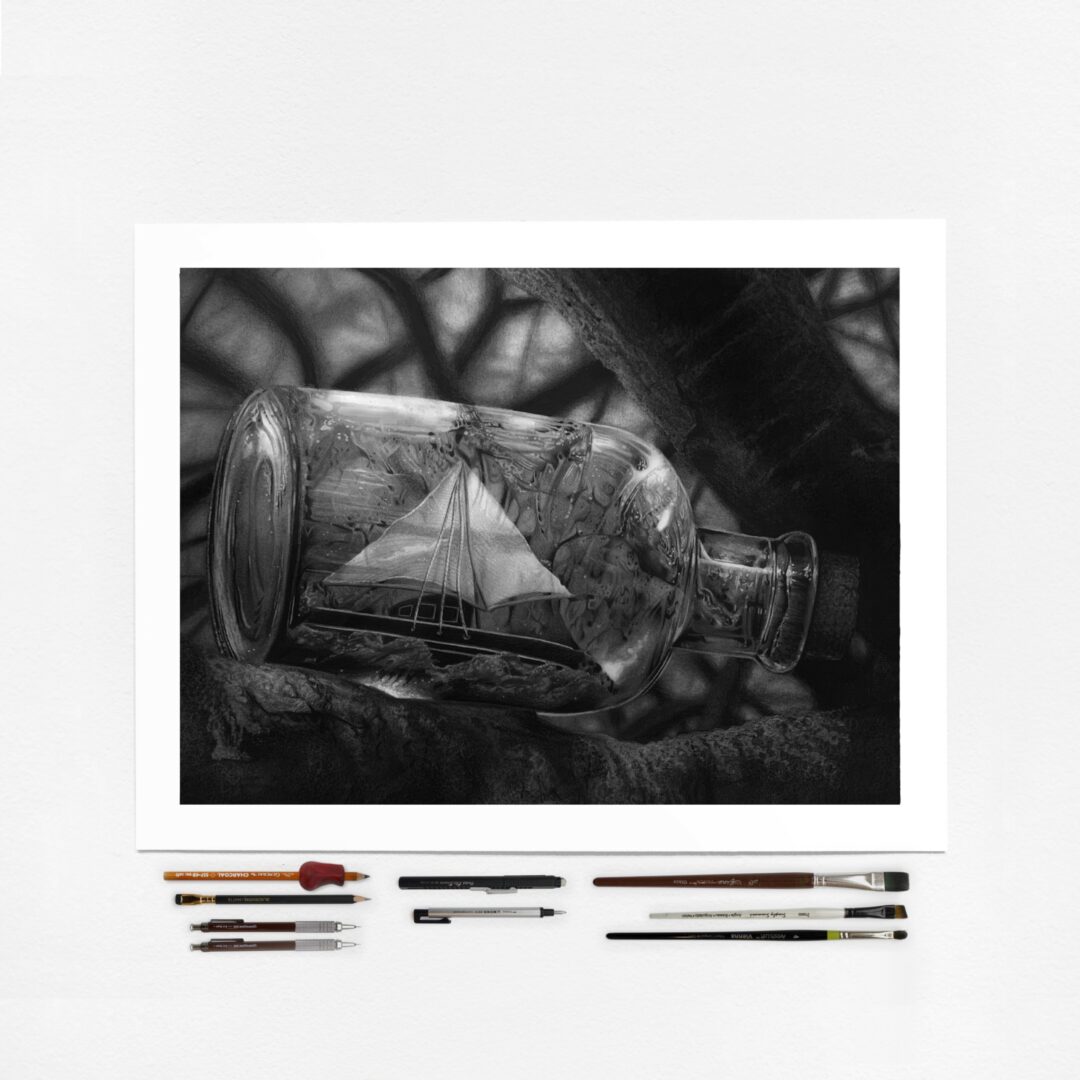
If you had to pick three qualities that are most important to develop, which three would you say matter most?
For me, three qualities have been especially important: patience, open-mindedness, and willingness to take opportunities (even when fear of failure or imposter syndrome is strong).
Patience has been essential. The way that I draw can be a very slow process, full of meticulous pencil strokes and the blending of many layers. Sometimes I am so excited to start on a new project that it can be tempting to move on from an unfinished drawing, but I try hard to rework areas that I am unhappy with until I get them to a position where I have no regrets and the phrase “it’s good enough” actually feels like a true statement. At the same time, I recognize that I learn many things from each piece that I work on, so I try to balance this way of working with making many small works that I give myself the freedom to start and abandon once I have learned what I needed to from them without the pressures of creating a fully rendered and polished piece. Learning to sit with uncertainty and dedicate time to refining details has taught me that growth happens in small, steady steps.
Open-mindedness has helped me become more accepting, both of myself and of the idea that there’s no single “right” way to make or evaluate art. Hearing thoughtful feedback from mentors, instructors, and peers has encouraged me to consider how others see what I make, and to reflect on their insights without feeling like I need to change everything about my work. In turn it has helped me recognize when anxiety, self-doubt, or perfectionism were influencing my work (and whether it was helpful or detrimental), making it easier to understand what supports my creativity and what holds me back.
Willingness to taking opportunities means pushing myself to try even when I feel unworthy or afraid of failing. This is closely tied to my experience with imposter syndrome that I discussed earlier. If I always let those feelings stop me, I wouldn’t have grown or reached important milestones. I’ve learned that it’s better to try and fail than to regret never trying at all. I advise others to lean into discomfort and see each opportunity as a chance to learn and grow, regardless of the outcome.
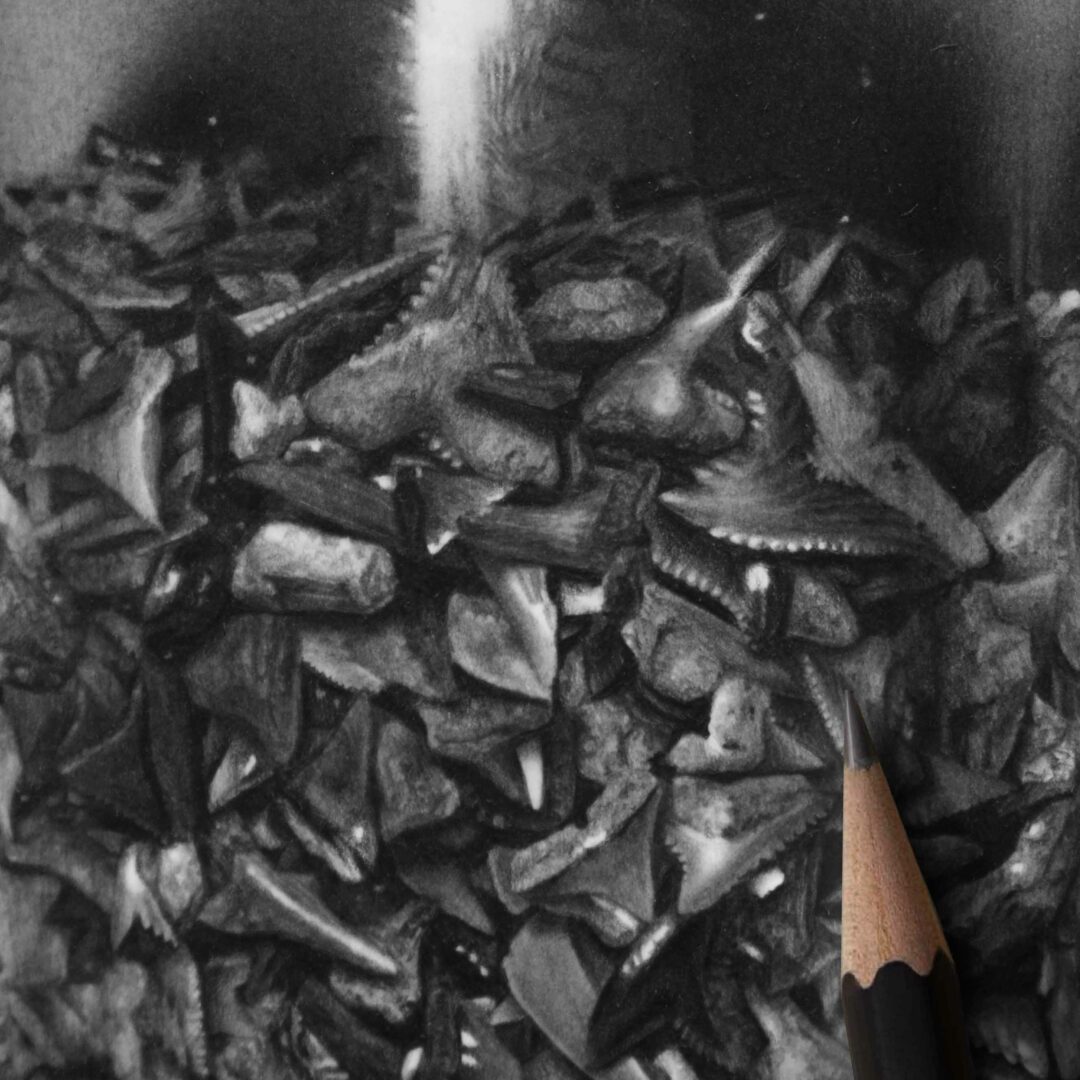

We’ve all got limited resources, time, energy, focus etc – so if you had to choose between going all in on your strengths or working on areas where you aren’t as strong, what would you choose?
I don’t think there’s a single answer to this question, since it really depends on the individual. Some people may feel empowered being well-rounded and capable across a variety of skills. Others might feel unsatisfied by that and prefer to focus deeply on one area of expertise. In the end, the definition of success is different for everyone, and both approaches can be valid depending on your field, personality, and goals. Personally, I’m curious by nature and enjoy exploring a wide range of materials and disciplines. I’ve worked in many mediums, such as painting, printmaking, sculpture, ceramics, and digital media, and I also pursue hobbies outside of art such as fossil hunting, writing, and teaching which help keep me inspired and constantly learning. That said, drawing is what I love most, and I’m okay letting it be my primary focus, even if it means I spend less time refining other skills. I’ve learned that trying to be good at everything is unrealistic for me, and it’s not something I feel pressure to chase. I would rather be deeply curious and experienced in the things I care about most than feel obligated to spread myself too thin just to appear well-rounded. For me, it comes down to staying connected to what I love, and letting that guide how I spend my time. I think it’s possible to keep learning and growing without needing to master everything.
Contact Info:
- Website: https://www.laurenlesleyart.com/
- Instagram: https://www.instagram.com/doodledrawing/
- Linkedin: https://www.linkedin.com/in/laurenmlesleyart/
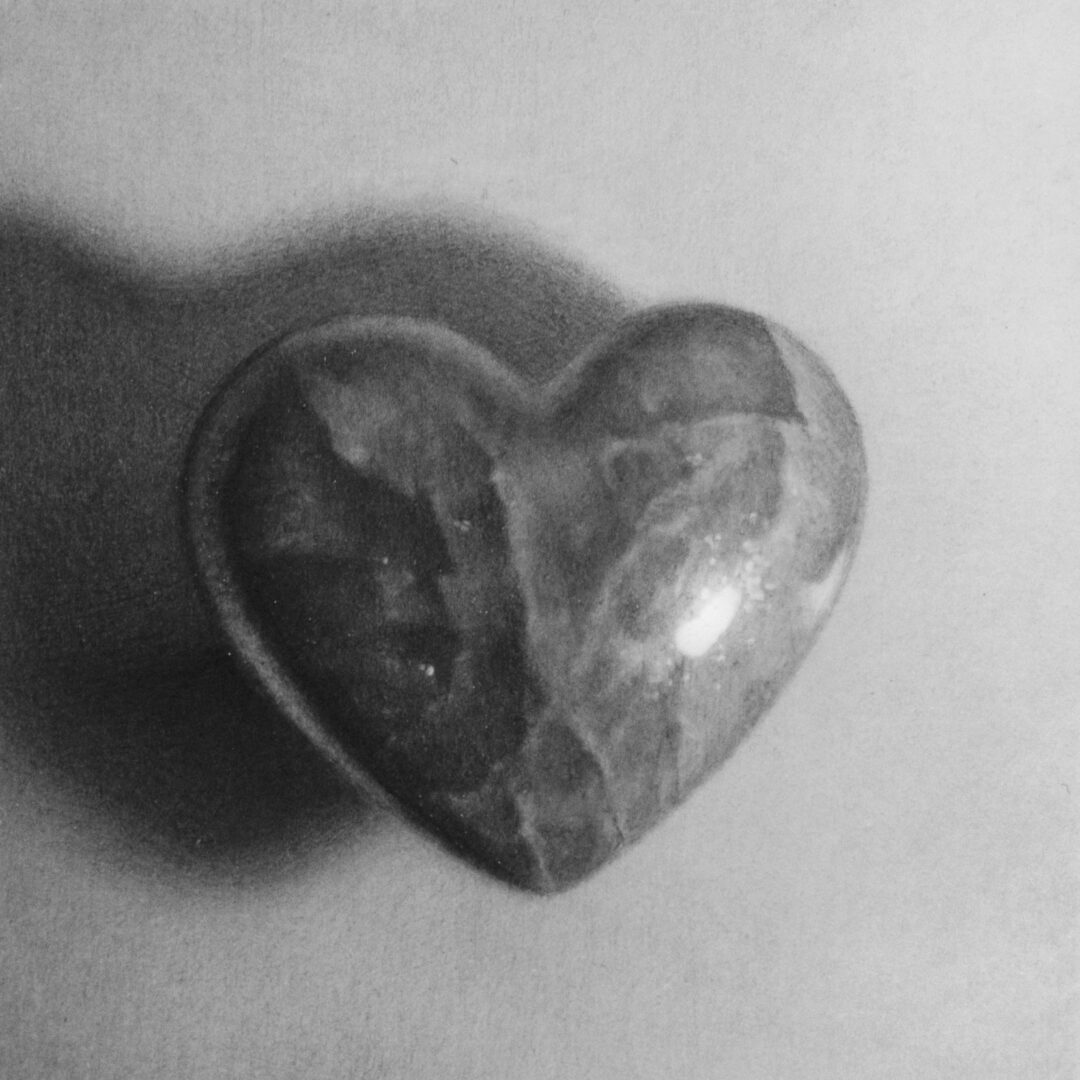

so if you or someone you know deserves recognition please let us know here.

